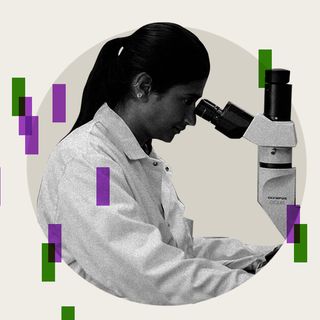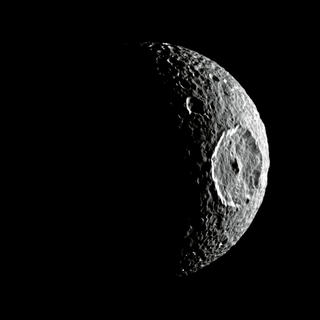If your memory is good enough, you will, perhaps, be able to recall hearing about how human activities are harming the environment while growing up. Many years have passed since, but that narrative has remained largely unchanged — if anything, the situation has probably become worse.
But all isn’t lost yet, and researchers believe they may have found a solution. Published in a special issue of Pacific Conservation Biology last month, a collection of 17 papers highlights the importance of weaving indigenous perspectives into conservation efforts across the globe.
Experts are beginning to think that’s because “the conventional approach to conservation” just hasn’t worked the way we expected it to — despite scientists being at it for decades now. Excluding indigenous knowledge from the mainstream could be one big reason why.
“We can use science to translate ancestral wisdom into a modern context, and highlight another path forward — one that is not only more effective but also addresses environmental justice issues for indigenous peoples,” Kawika Winter, a biocultural ecologist at the Hawaiʻi Institute of Marine Biology and co-editor of the issue, said.
The researchers believe that by engaging indigenous populations in the “co-generation, co-production and co-application of knowledge,” we may be able to salvage biodiversity. They believe that cooperation between indigenous and non-indigenous conservationists — rather than excluding the former — is crucial to meet our conservation goals.
Related on The Swaddle:
India’s Forests Expanded This Decade, Yet Indigenous Communities Are Still Being Forced Out: Report
A 2019 a UN-backed report by the Intergovernmental Science-Policy Platform on Biodiversity and Ecosystem Services, or IPBES, had found that environmental degradation and loss of biodiversity were taking place at a much slower rate on indigenous peoples’ lands compared to the rest of the world.
“On average, they are doing a better job of managing natural resources and environmental hazards like species decline and pollution… This is a watershed moment in acknowledging that indigenous and local communities play really important roles in maintaining and managing biodiversity and landscapes that the rest of us can learn from,” said Pamela McElwee, an associate professor of human ecology at Rutgers University and co-author of the study.
A study from last year also found that indigenous people had been living in the Amazon for around 5,000 years without damaging the ecosystem. Not only that, they also preserved large parts of the rainforest and used natural resources in sustainable ways.
Experts believe it is the outlook of many indigenous communities towards nature that enables them to succeed at conservation. The IUCN believes the key to their success is the “strong economic, cultural and spiritual relationships” they cultivate with their natural environments.
Related on The Swaddle:
As Indigenous Languages Die, India Loses Vital Means of Preserving Biodiversity
“It’s about [viewing] the landscape not only from the perspective of just agriculture or ranging… Instead of focusing on a single management issue, they look at the function of landscapes and what is important to keep in terms of connectivity, how different habitats can be managed to complement each other,” Eduardo Brondízio, an anthropologist at Indiana University, and co-chair of the IPBES global assessment, had told the Scientific American in 2019.
Another thing we may have got wrong so far is the way we think about nature itself — as a resource, rather than as part of the same biosphere we inhabit. “The institutions, the cultural values, the way of living and the way you see nature itself — as [inseparable] from your social life and identity — that creates a different view of what to use, how to use and how to deal with the tradeoffs of use.”
Besides monitoring ecosystems in the long term and being involved in the restoration of shellfish populations and native plant species, the communities have also managed to create diverse, species-rich habitats on their lands by combining wild and domestic species in gardens, for instance.
And so, there’s a lot that urban populations — and even scientists — can learn from indigenous perspectives. “Even if we don’t acknowledge it, the water we drink, the air we breathe, the food we produce — it all depends on healthy ecosystems. That is a lesson we can learn from indigenous peoples and local communities who know this already, and who are actively conserving and managing lands,” McElwee concluded.




